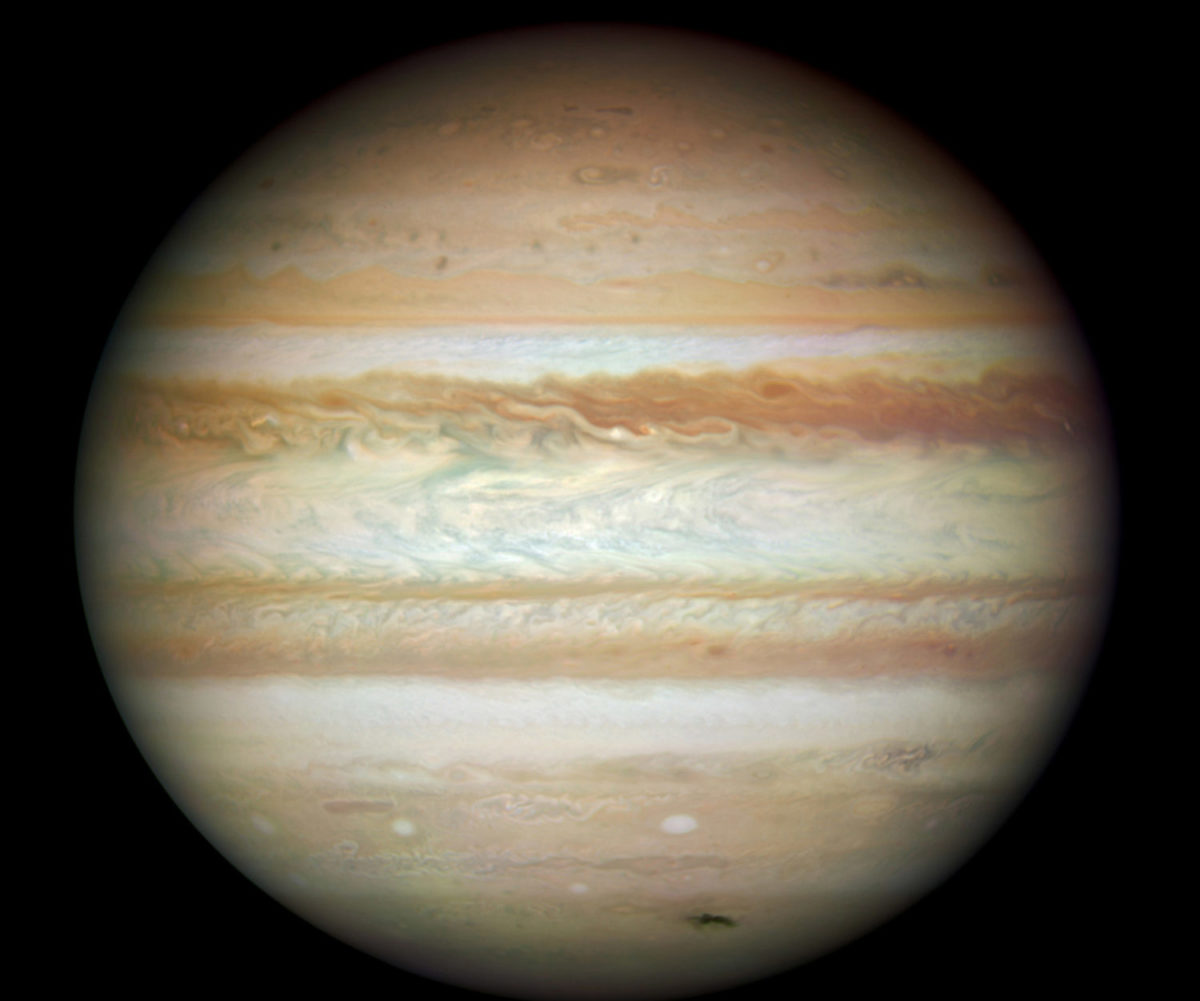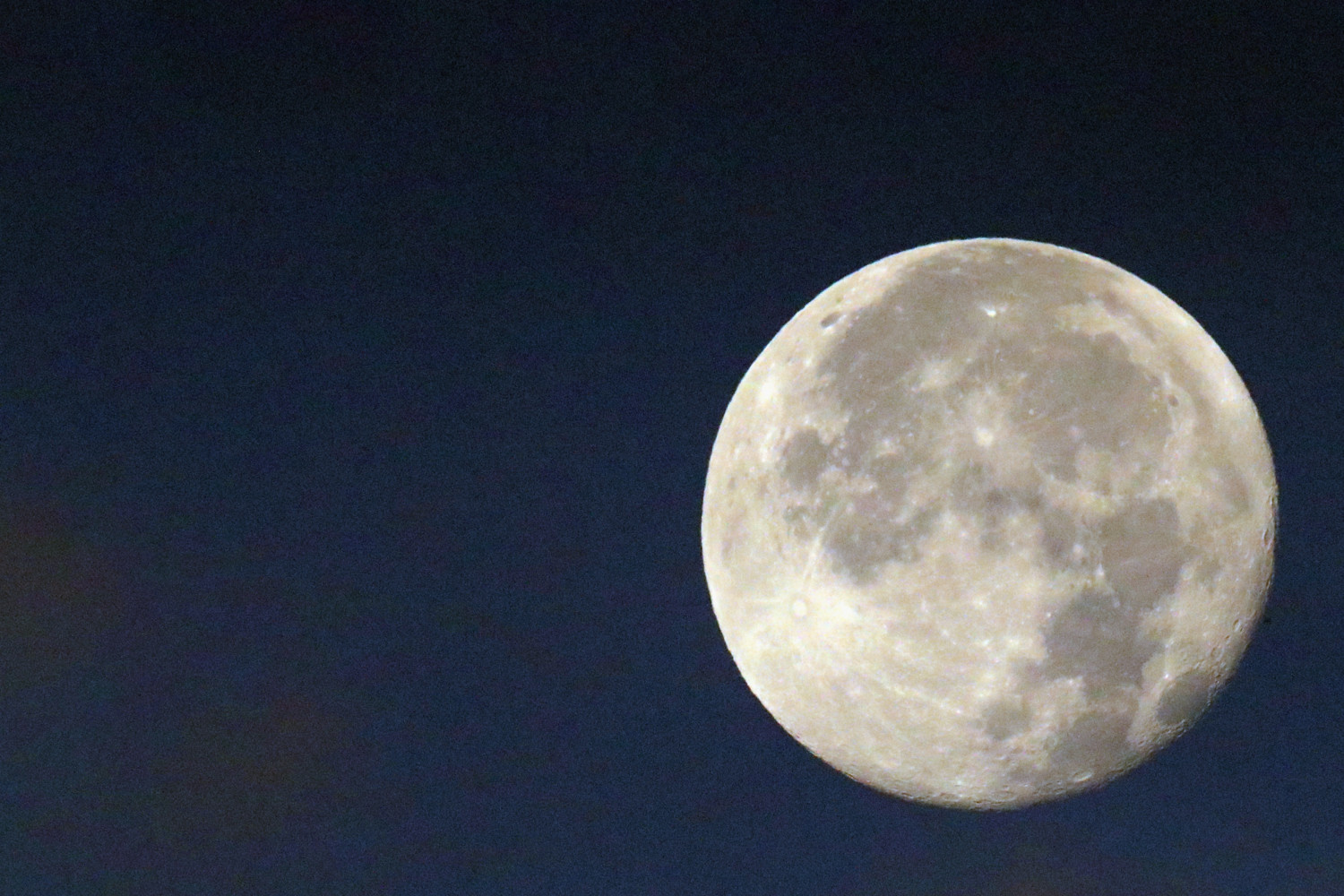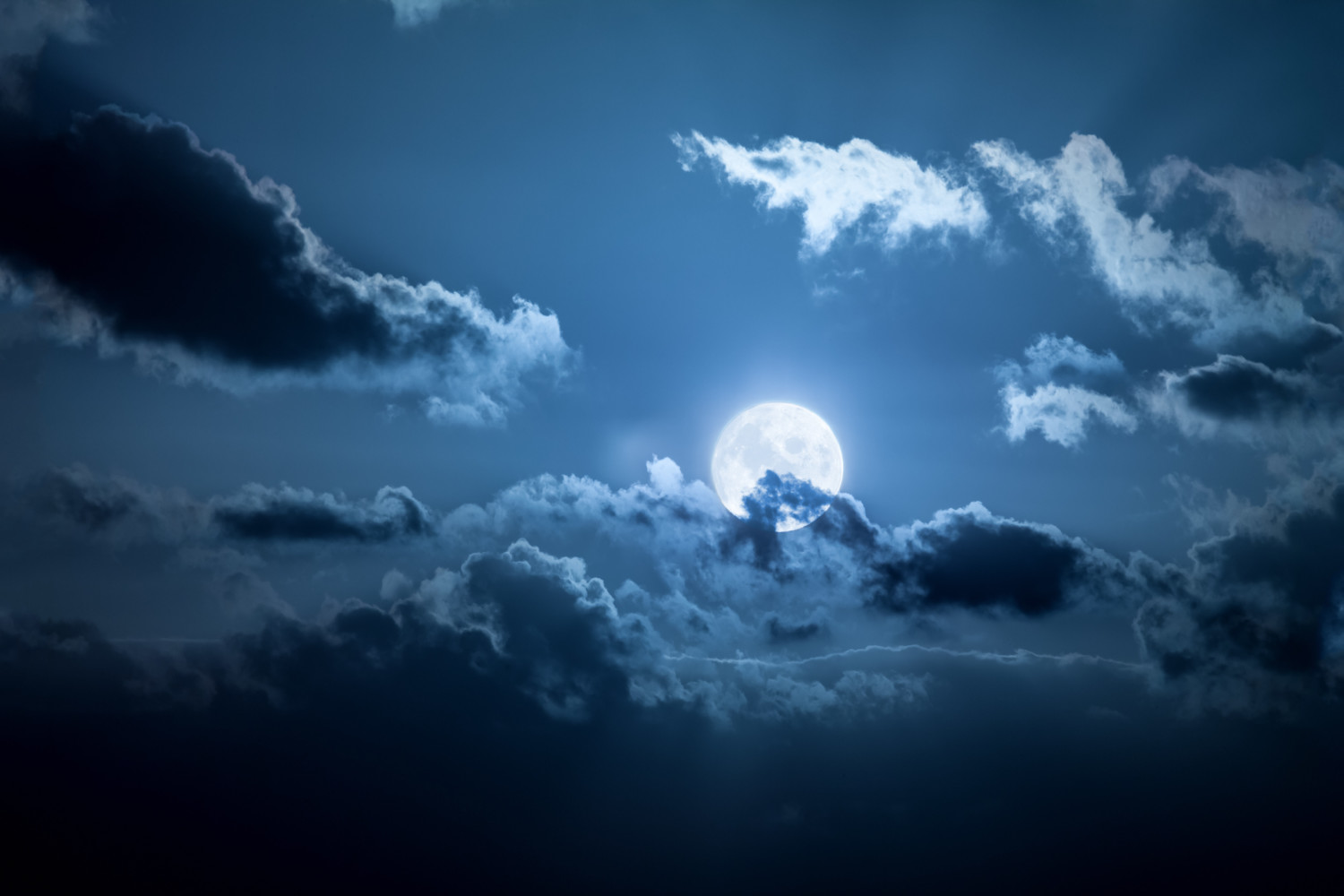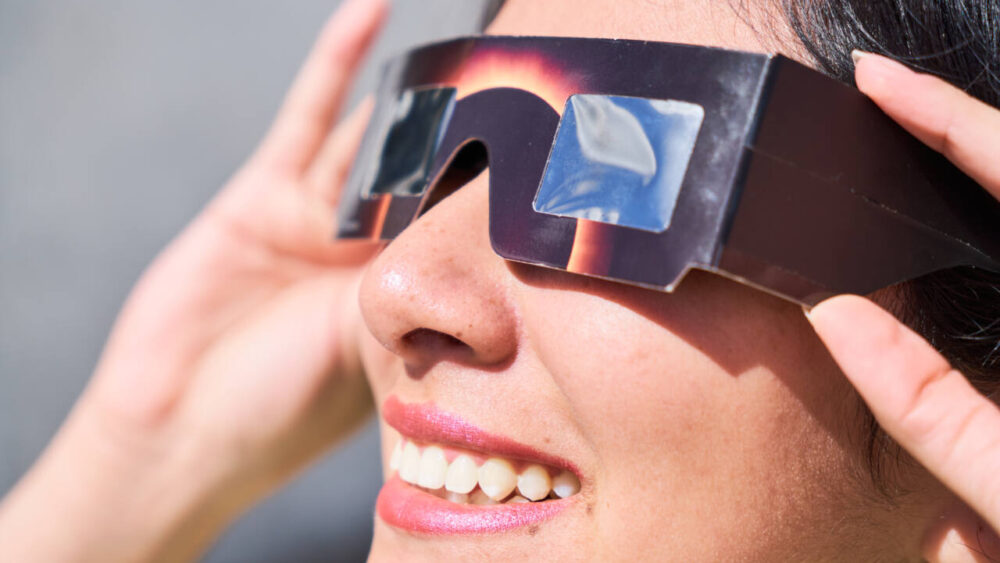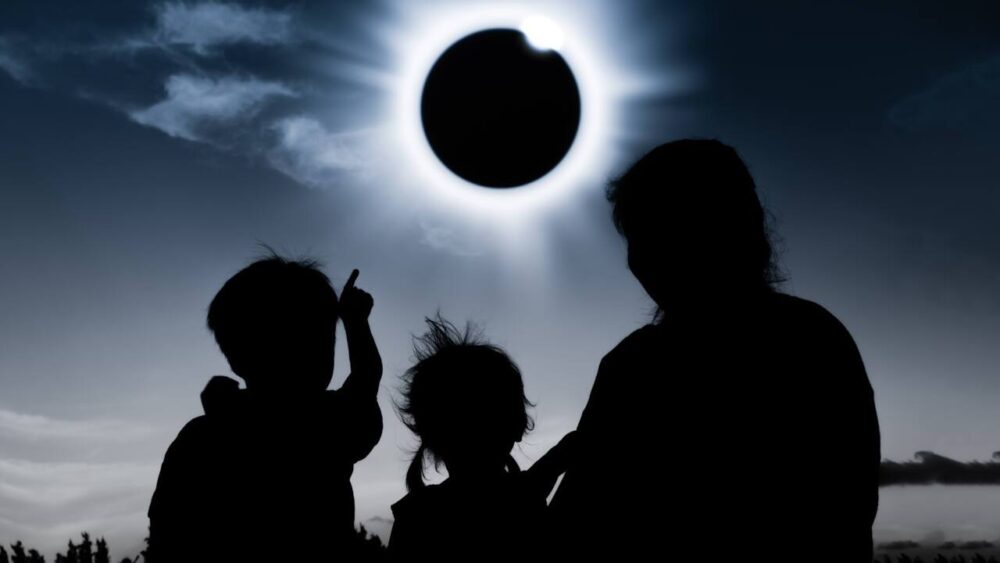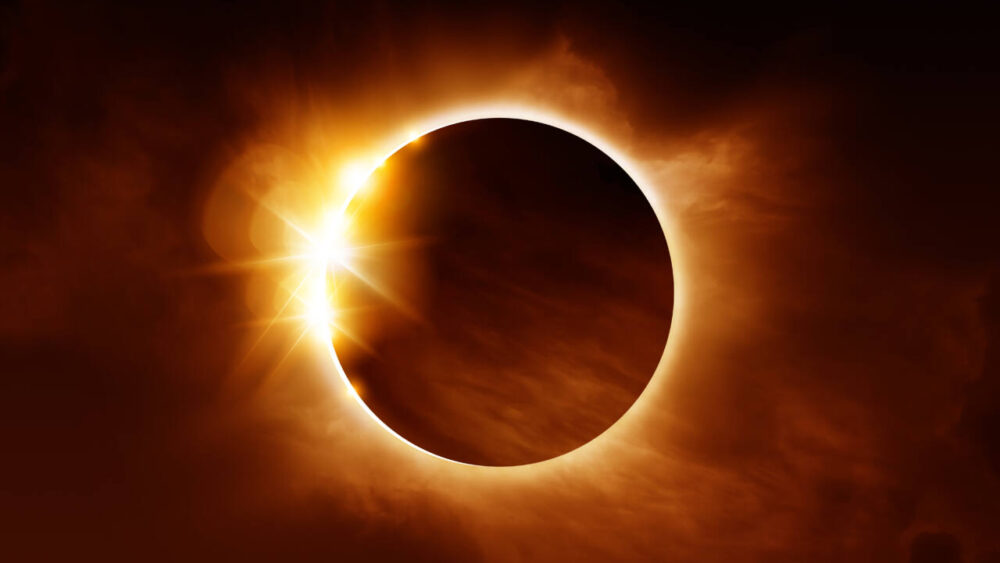Jupiter will be so close to the Earth, you’ll be able to see it with binoculars
Looking up at the night sky is a fun family activity, especially during the warm summer months.
And this June, amateur astronomers will get an extra-special show thanks to some amazing planetary action going on millions of miles away.
First, the largest planet in our solar system, Jupiter, takes center stage. The month of June is prime time for seeing Jupiter because the giant planet reaches the point in its orbit where it’s closest to the Earth.
As a result, Jupiter rises above our horizon around sunset and remains visible throughout the night.
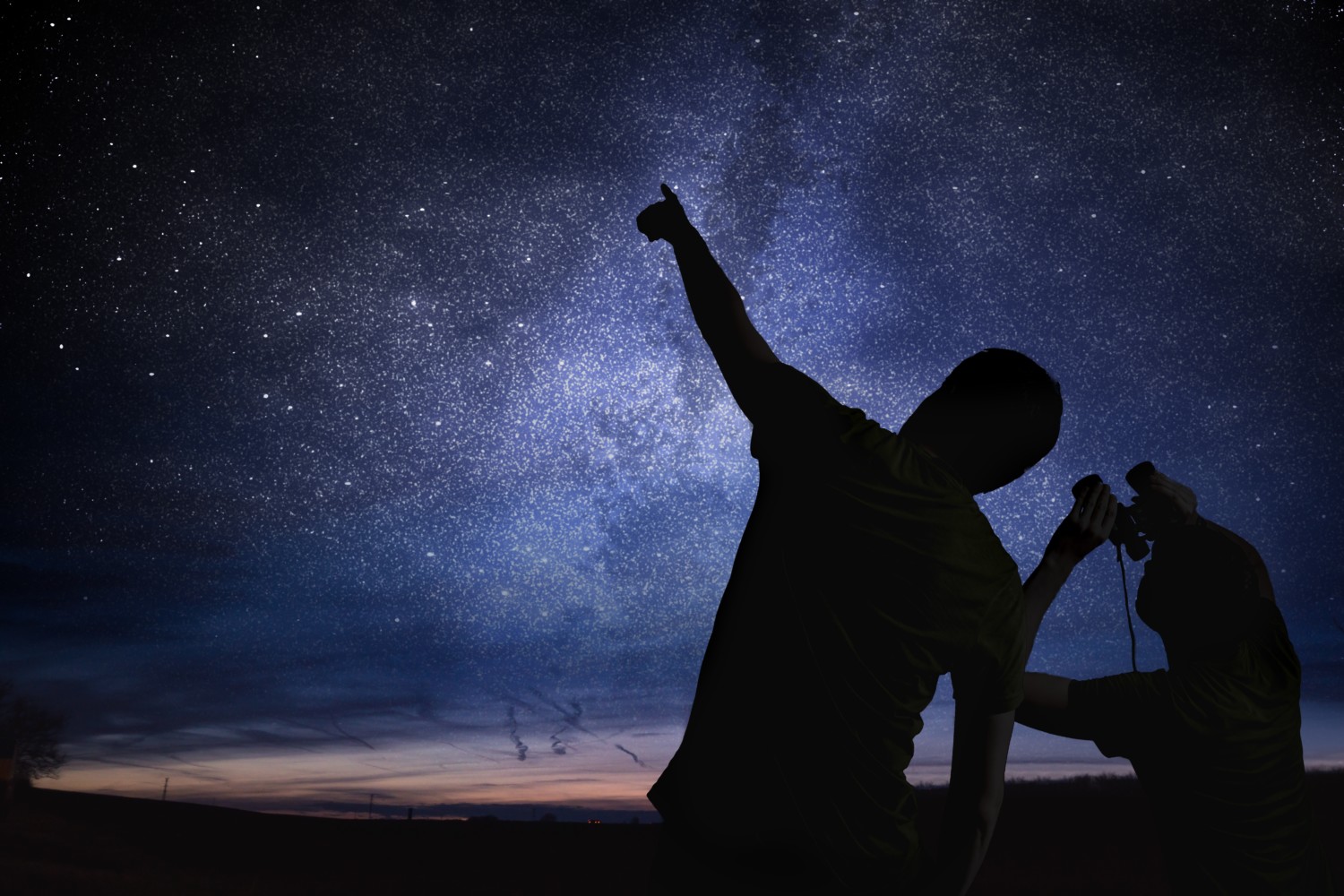
Our planet is close enough that people can see Jupiter as a bright light in the sky with the naked eye.
So for those who want a closer look at Jupiter, June is the perfect month to do it.
The best part is that you don’t need fancy equipment to get a detailed view.
If you have a pair of binoculars, look up at Jupiter and you’ll be able to get a glimpse of the famous banded clouds surrounding the planet.
The NASA Solar System Twitter account teased the exciting space happenings in June, tweeting a video with the caption, “What’s Up for June? Jupiter is up all night, while Mercury and Mars decide to get close, and the Moon reveals its tilted orbit.”
What's Up for June? 🔭 Jupiter is up all night, while Mercury and Mars decide to get close, and the Moon reveals its tilted orbit. Downloadable video and transcript available at https://t.co/tPYUwcimlm pic.twitter.com/lPw2pIEyZ0
— Cassini (@CassiniSaturn) June 3, 2019
Want to catch a look at Jupiter’s famous Red Spot? NASA suggests using a small telescope to see the swirl of storms that make up the notorious red spot.
You might want to also contact local planetariums to see if they have any special events in conjunction with Jupiter’s June appearance.
But Jupiter isn’t the only planet taking the stage in the June night sky.
Mercury and Mars’ orbits will bring them “ultra-close together” on June 17 and June 18 just after sunset.
You’ll need to get a good view of the western horizon to see the planets, as their position is just above the horizon line.
Finally, the moon will also have something special to show this month.
Our moon’s tilted orbit will cause it to line up with Jupiter and Saturn between June 14 and June 19.
The moon’s position along that line will change each night because of its orbit around planet Earth.
Speaking of the moon, did you know that it can rain on the moon?
A tweet from NASA explained that scientists “discovered that water is being released on the lunar surface during meteor showers”:
It’s raining … on the Moon?! 💦
Scientists have discovered that water is being released on the lunar surface during meteor showers. Get more details: https://t.co/wgtXyXnjMA pic.twitter.com/iK28nAlGiR
— NASA (@NASA) June 7, 2019
If you can’t get enough of our solar system and you’d like to display your love for all things spacey right on your own walls, check out this poster set from NASA.
The NASA Twitter account tweeted that their new set of posters “showcases the beauty of our planets, moons, comets, and asteroids — with optional orbit diagrams and information on the back.”
Are you in love with our solar system? We don’t blame you. We designed a poster set that showcases the beauty of our planets, moons, comets, and asteroids — with optional orbit diagrams and information on the back. Explore our galactic neighborhood: https://t.co/O8jO0f6xIt pic.twitter.com/juBE3Mu5al
— NASA (@NASA) June 5, 2019
Will you be doing some nighttime space-gazing this month?


